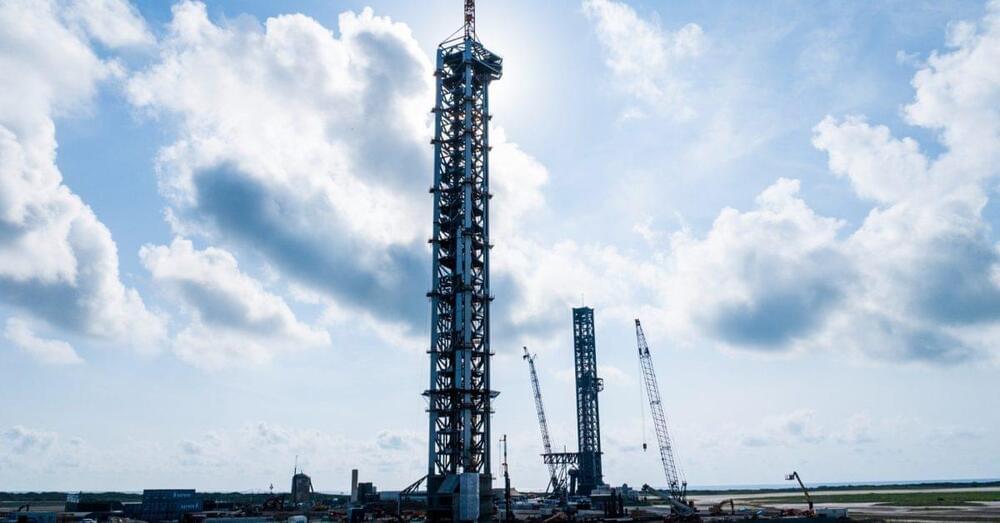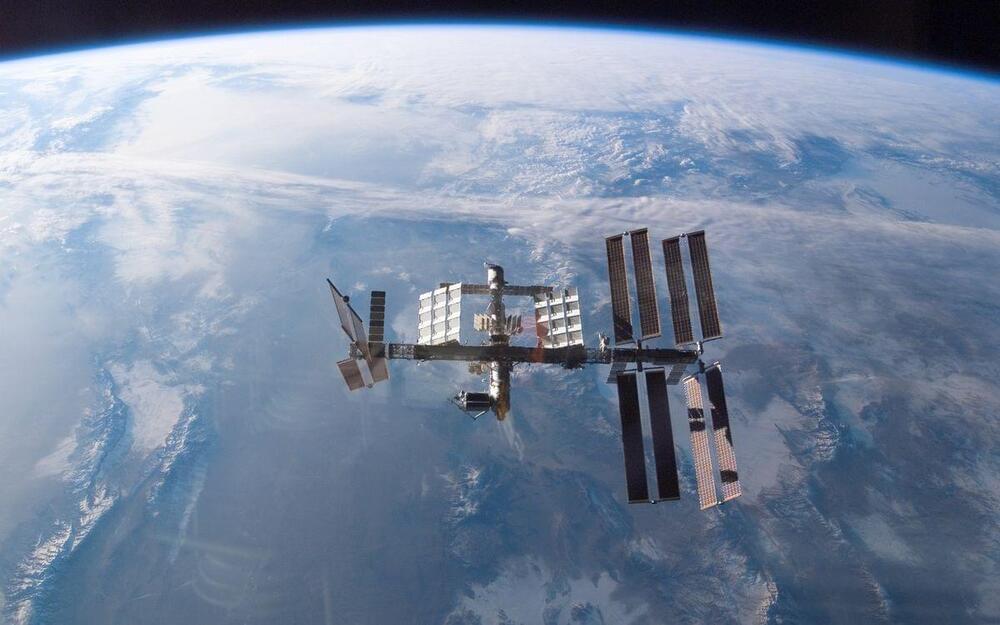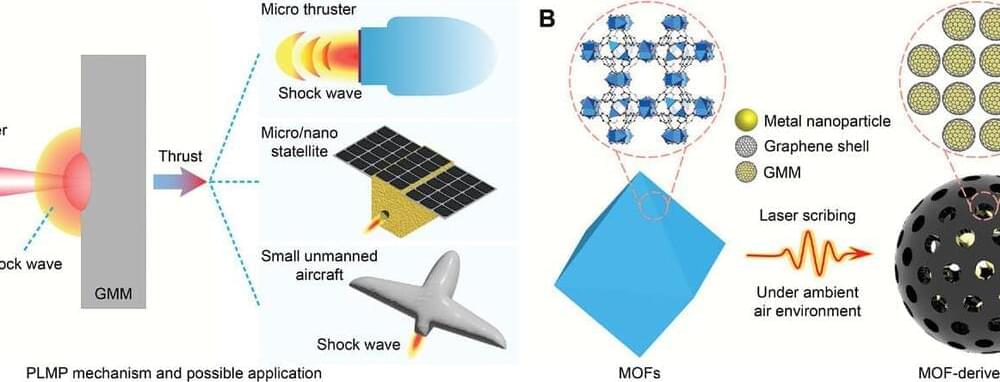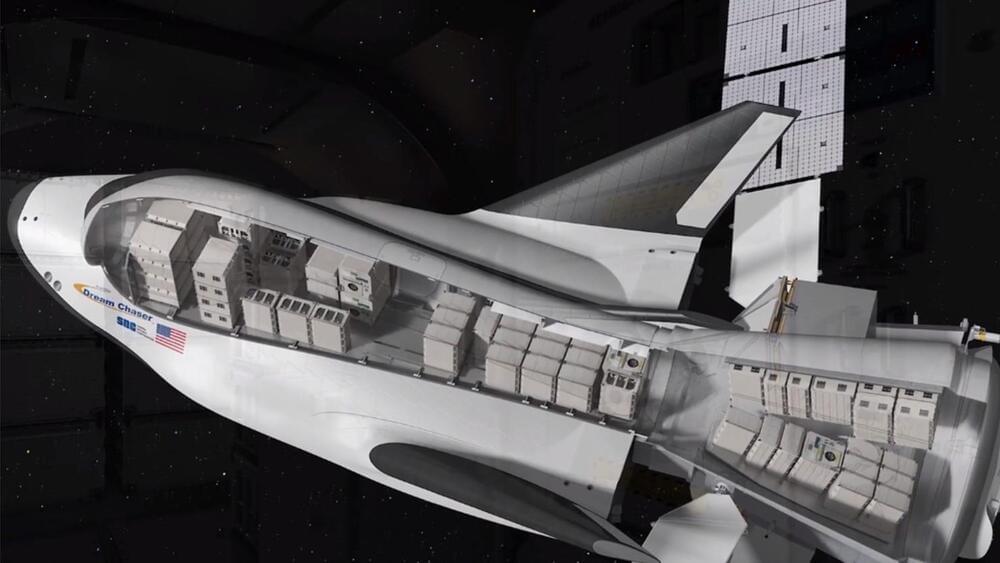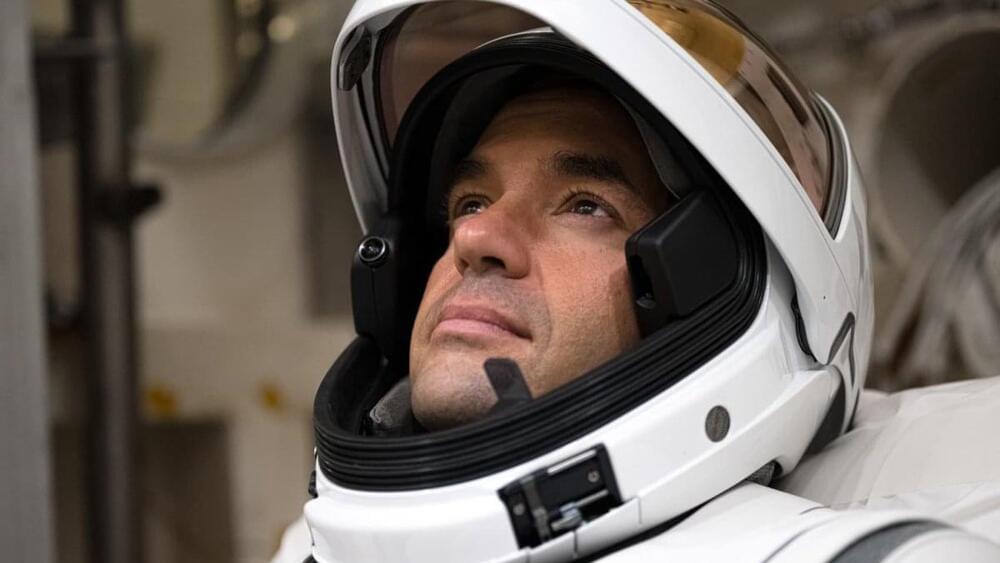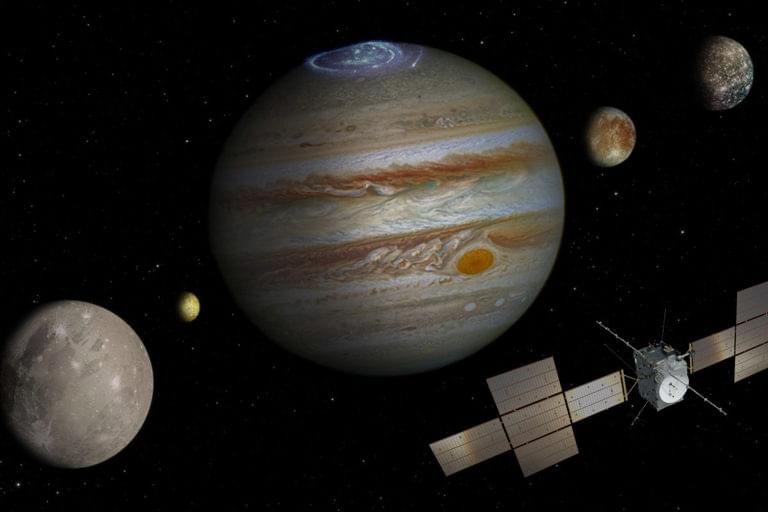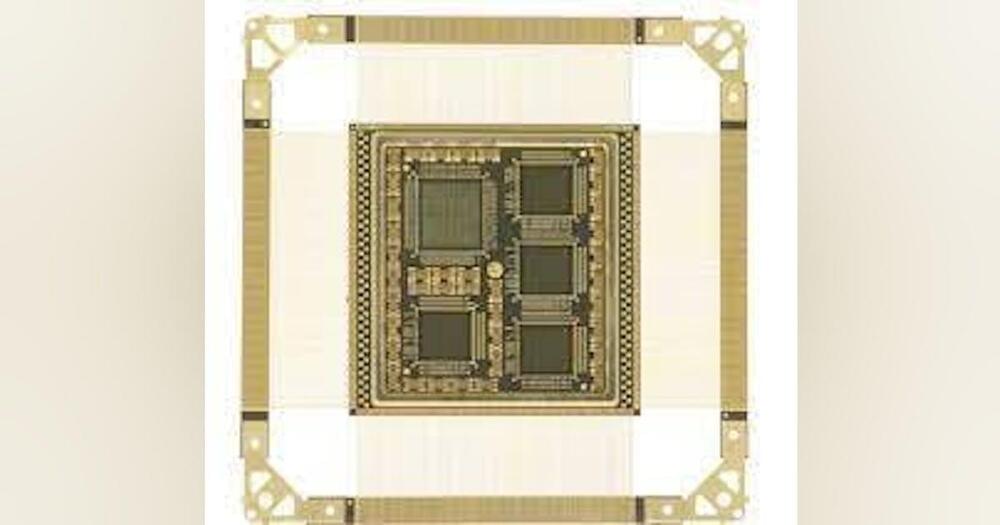SpaceX finished construction of its second launch tower down at Starbase, Texas for its Starship rocket. This comes hopefully a few weeks out from the next launch of the company’s next generation rocket.
Over the last few months SpaceX has cleared land and constructed a new launch tower at its research, development, and launch facilities down at Starbase, Texas. This now gives the company three towers total for Starship, two at Starbase and one more over in Florida at LC-39A.
There is still plenty of work to be done at the pad, it still needs the launch table, chopsticks, plumbing for propellent, etc. However, the biggest and most prominent feature is now complete.
